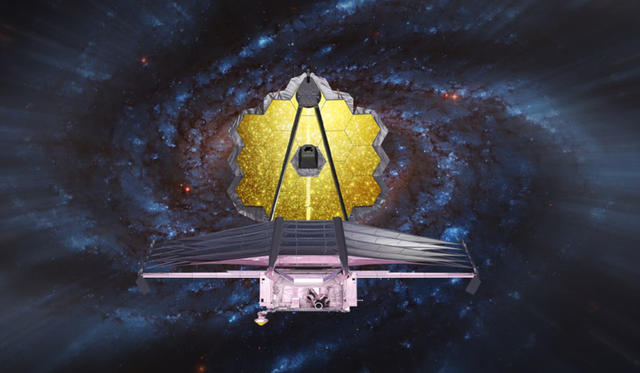Images from NASA's James Web Space Telescope will be released soon
Soon mankind will be able to see the deepest images of the universe that have ever been taken. In two weeks, NASA's highly expensive, super-powerful 10 billion James Webb Space Telescope (JWST) Deep Space Optical Imager will release its first full-color images. Agency officials have suggested that they may be just the beginning. This is far more than mankind has ever seen before," NASA Administrator Bill Nelson said at a media briefing on Wednesday.
NASA launched James Webb last December and since then, it has been conducting a special startup process that involves delicately tuning all 18 giant mirror sections. A few months ago, NASA shared a "selfie" marking the successful operation of IR cameras and primary mirrors. Earlier this month, the agency said the first images of the telescope would be ready for public debut on July 12.
An aspect of the universe that will be unveiled by James Web. Exoplanets, or planets outside our solar system in particular, will be seen in their atmosphere. This will be the key to understanding whether there are other planets like ours in the universe, or whether life can be found on planets in atmospheric conditions different from those found on Earth. Thomas Zurbuchen, assistant administrator for NASA's science mission directorate, confirmed that images of Exoplanet's atmospheric spectrum would be shared with the public on July 12.
Essentially, James Web's extraordinary ability to detect the infrared spectrum means it will be able to detect small molecules such as carbon dioxide. This enables scientists to actually test how atmospheric formations shape the ability of life to rise and evolve on a planet. According to NASA officials, the additional fuel capacity of the telescope was with the agency's estimates, and James Webb will be able to take pictures of space for about 20 years.
"Those 20 years will not allow us to go into the depths of history and time, but we will go into the depths of science because we will have the opportunity to learn and grow and make new observations," said NASA Deputy Administrator Pam Melroy. recent meteorological meteorite struck James Webb, but it did not affect research.
